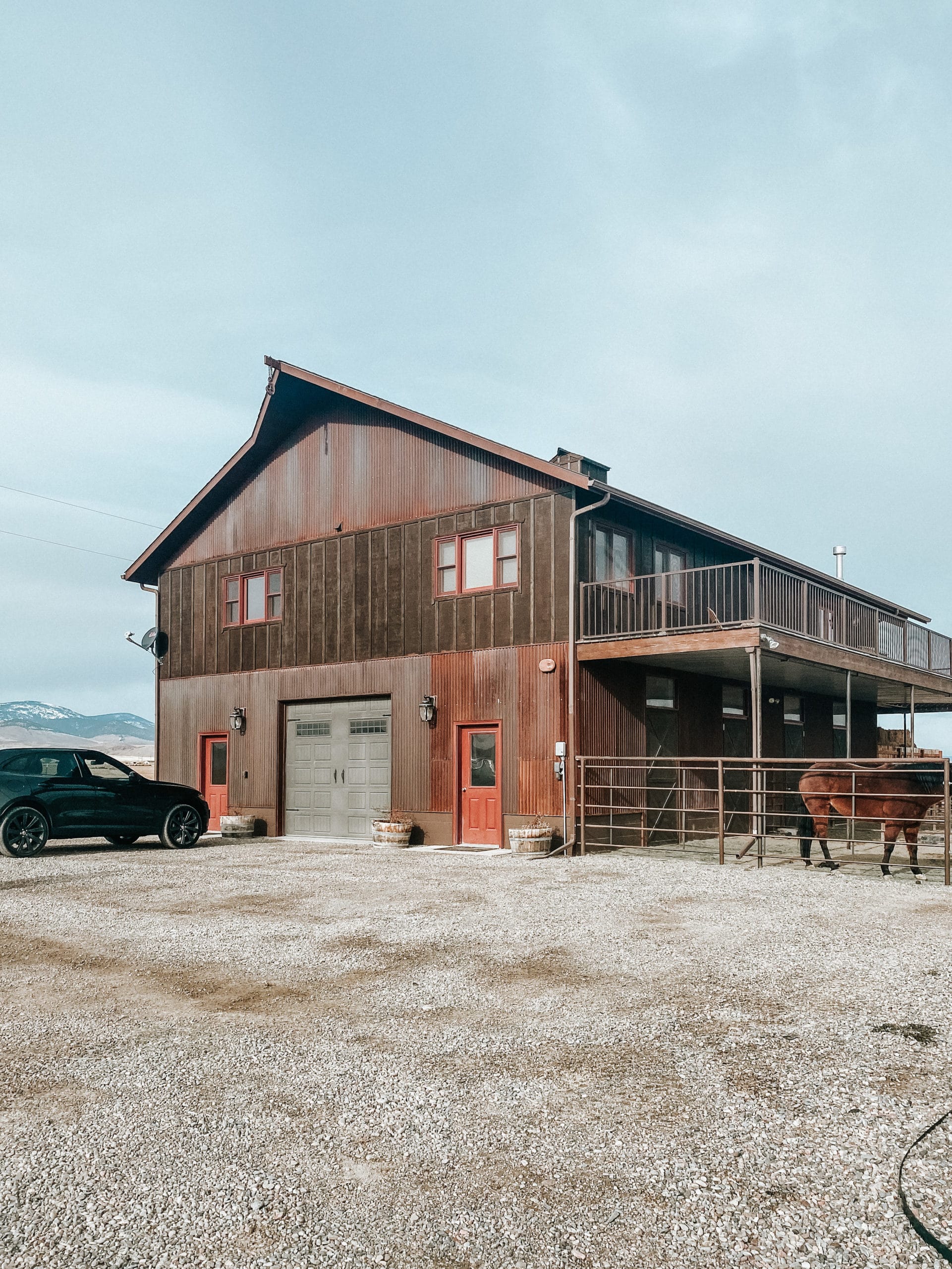Barndominium Repair and Upkeep: Maintaining Your Home in Leading Shape
Wiki Article
Barndominiums Vs. Conventional Residences: a Detailed Comparison of Way Of Life and Capability
The decision in between barndominiums and conventional homes includes numerous factors, including way of life preferences and practical needs. Barndominiums are defined by their open formats and adaptability, usually attracting those that prioritize common living and adaptability. In contrast, traditional homes supply a more structured setting, which might much better offer households seeking privacy and a feeling of background. As we examine the cost ramifications and environmental considerations, it comes to be clear that the selection prolongs beyond mere visual appeals and performance; it welcomes a deeper exploration of what genuinely specifies a home.Overview of Barndominiums
Barndominiums, a novel real estate fad gaining popularity across different areas, mix the rustic beauty of barn-style design with the performance of modern-day home. These unique structures usually include a steel or timber structure, combining open flooring strategies and high ceilings with energy-efficient attributes. Commonly situated on large rural residential or commercial properties, barndominiums offer property owners the opportunity to take pleasure in a tranquil lifestyle while providing adequate room for various activities.
The versatility of barndominiums expands past their aesthetic charm; they can work as both living quarters and useful areas for hobbies, workshops, and even small companies. Their adaptive design enables easy customization, suiting varied household needs and preferences. Lots of proprietors value the reduced upkeep demands linked with metal exterior siding and roofing, contributing to lasting resilience.

Features of Traditional Houses
Stressing timeless design and comfort, typical homes are defined by their distinct architectural designs, which usually reflect historical impacts and local appearances. Typical attributes include balanced facades, gabled roofings, and a focus on workmanship, causing a warm and inviting ambience.Conventional homes usually incorporate elements such as crown molding, wainscoting, and wood floor covering, enhancing their classic charm. They generally feature several spaces with defined functions, advertising family members interaction while permitting privacy. read more. The layout frequently includes formal living and dining locations, which are conducive to amusing guests and hosting family members celebrations
Outside products such as brick, timber, or stone are often made use of, contributing to durability and a sense of permanence. Barndominium builder. Additionally, many traditional homes are developed with front patios or stoops, fostering a feeling of neighborhood and connection with the community
Landscaping plays a significant role in traditional home design, with well-kept gardens and pathways that improve curb charm - click here. In general, typical homes symbolize a sense of nostalgia and security, interesting those who value heritage and a more structured living environment
Cost Comparison
Typically, a cost contrast in between barndominiums and standard homes exposes considerable differences in building and construction expenses and overall financial investment. Barndominiums, often created from steel or steel frameworks, generally incur reduced product and labor costs than typical homes constructed from wood and block. The simplified layout of barndominiums can convert to decreased construction times, better lowering labor expenses and expediting tenancy.Generally, the cost per square foot for a barndominium varies from $100 to $150, while standard homes can differ widely, commonly falling in between $150 and $300 per square foot, depending upon location, products, and design intricacy. This price variation makes barndominiums an appealing option for budget-conscious purchasers looking for bigger home without sacrificing high quality.
Additionally, barndominiums might result in long-lasting financial savings with reduced maintenance prices, energy performance, and insurance coverage prices. Their resilient construction materials usually need less maintenance gradually compared to standard homes. It is necessary to consider that while initial prices may be lower for barndominiums, the final financial investment will certainly also depend on private modification and desired facilities, which can affect the total expense in both real estate types.
Way Of Life and Room Considerations
When considering lifestyle and room, barndominiums offer an unique flexibility that charms to a range of house owners. These hybrid frameworks integrate domestic dealing with functional area, typically including open layout that can be adapted to suit individual needs. This adaptability is particularly beneficial for households or individuals seeking a customized living atmosphere, enabling for diverse uses such as office, workshops, or recreational locations.
Additionally, the aesthetic charm of barndominiums can provide to both rustic and contemporary preferences, making them a flexible choice for various layout choices (Barndominium repair). Ultimately, the choice in between a barndominium and a standard home typically rests on how well each alternative lines up with the house owner's lifestyle goals and spatial demands, highlighting the significance of thinking about personal priorities in the decision-making process
Environmental Effect and Sustainability
The ecological effect and sustainability of barndominiums existing compelling advantages compared to standard homes. Primarily built from steel and various other durable materials, barndominiums are frequently built using recycled resources, decreasing the need for new materials and decreasing waste. Their style typically highlights open spaces, which can cause lower energy intake for heating & cooling compared to traditional homes with more fractional layouts.Additionally, barndominiums can include sustainable features such as solar panels, rain harvesting systems, and progressed insulation strategies, improving their power performance. The convenience of their design enables property owners to incorporate these innovations much more flawlessly than in numerous conventional homes, which may need comprehensive retrofitting.
Additionally, barndominiums often call for less resources for building due to their less complex, more efficient styles (read more). On the whole, barndominiums stand for a forward-thinking method to sustainable living, aligning with contemporary environmental priorities.
Conclusion
In recap, the option between barndominiums and standard homes depends upon private way of life preferences and functional needs. Barndominiums, with their open layouts and sustainable products, satisfy those seeking adaptability and common living. Conversely, typical homes use defined rooms that improve privacy and maintain historical appearances. Each option presents distinct advantages, demanding here are the findings mindful consideration of one's values and requires when identifying the most appropriate living atmosphere.Report this wiki page